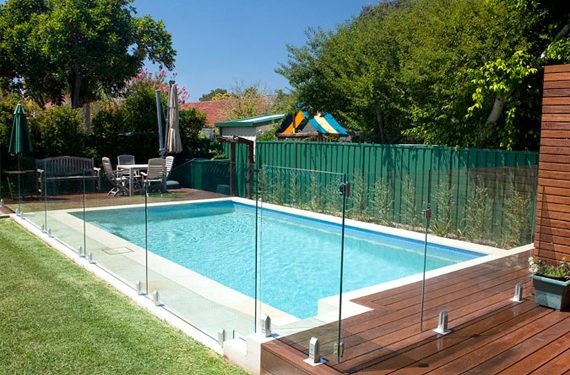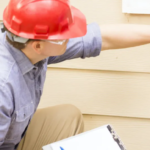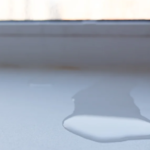For many homeowners and property managers, a swimming pool is a coveted amenity, often associated with fun, relaxation, and an elevated living experience. However, the charm of a pristine pool can quickly be overshadowed by a hidden yet important concern: pool fence safety. As a homeowner, regular pool fence inspections are essential to ensure your pool is both a safe and enjoyable space.
In this blog post, we delve into the common deficiencies often found during pool fence inspections. We also aim to highlight the importance of hiring expert services like Melbourne Pool Fence Inspections to ensure compliance with Australian Standards, building codes, and other relevant safety regulations.
- Inadequate Fence Height
One of the most common deficiencies found during inspections is inadequate fence height. In accordance with Australian Standard AS1926.1, a pool fence must be at least 1200mm (1.2m) high all the way around from finished ground level. If the fence height falls below this minimum requirement, it becomes significantly easier for children to climb over and gain unsupervised access to the pool area.
- Gaps in the Fence
Another major issue is the presence of gaps in the fence. Gaps greater than 100mm at the bottom of the fence or between the vertical bars allow children and pets to squeeze through or crawl under, leading to unauthorised access. Inspections can readily identify these issues and recommend necessary corrective measures.
- Faulty Gates and Latches
Pool gates and their associated latching mechanisms are often sources of deficiencies. Gates should swing outwards, away from the pool, and be self-closing and self-latching. Latches should be located on the inside of the gate and be a minimum of 1500mm from the ground, making them out of reach for young children.
- Climbable Objects Near the Fence
Even if the fence itself meets all specifications, inspectors often find climbable objects placed too close to the pool fence. This includes garden furniture, trees, BBQs, and potted plants. These items can act as a ladder for young children, therefore, it’s recommended to have a clear “non-climbable zone” of at least 900mm around the pool fence.
The Importance of Regular Pool Fence Inspections
Ignoring pool fence regulations can lead to tragic consequences, making regular inspections an imperative part of pool ownership. Hiring a professional for regular pool fence inspections not only ensures compliance with Australian Standards and relevant laws but also offers you peace of mind knowing that your pool area is a safe place for everyone.
Protecting the lives of your family, friends, and neighbours is paramount and it begins with a secure pool fence. Be proactive. Be safe. Schedule your pool fence inspection today.



